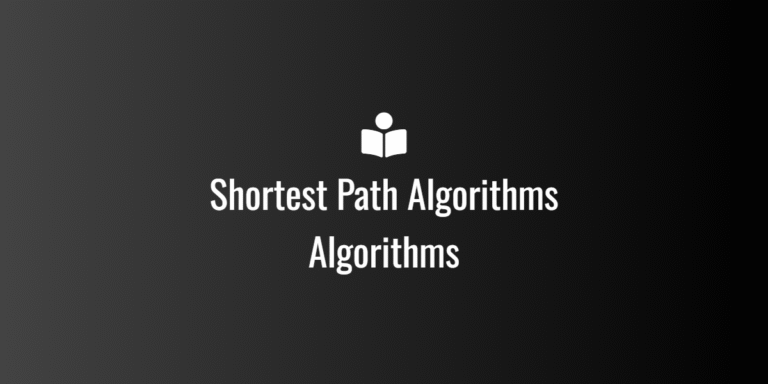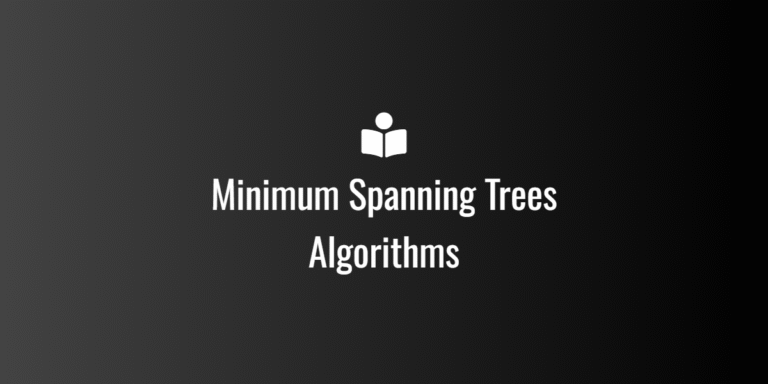1. What is Network Security?
A) A method to speed up the internet
B) A technique to secure data from unauthorized access
C) A tool for encrypting email
D) A firewall brand
✅ Answer: B) A technique to secure data from unauthorized access
2. What is the primary goal of network security?
A) To prevent unauthorized access, attacks, and data breaches
B) To make the network faster
C) To reduce bandwidth consumption
D) To allow anonymous access
✅ Answer: A) To prevent unauthorized access, attacks, and data breaches
3. Which of the following is NOT a network security threat?
A) Phishing
B) Malware
C) Firewalls
D) Denial-of-Service (DoS)
✅ Answer: C) Firewalls
4. Which of the following is an example of authentication?
A) IP address filtering
B) Entering a username and password
C) Data encryption
D) Firewall configuration
✅ Answer: B) Entering a username and password
5. What is a Firewall?
A) A physical barrier to stop unauthorized users
B) A device that protects networks by filtering traffic
C) A tool that speeds up network performance
D) A wireless communication protocol
✅ Answer: B) A device that protects networks by filtering traffic
Types of Network Attacks
6. Which attack involves sending multiple requests to overwhelm a system?
A) Phishing
B) Denial-of-Service (DoS)
C) Man-in-the-Middle (MITM)
D) Spyware
✅ Answer: B) Denial-of-Service (DoS)
7. A Man-in-the-Middle (MITM) attack occurs when:
A) A hacker physically destroys a network
B) An attacker intercepts communication between two parties
C) A virus deletes all files
D) A user mistypes a password
✅ Answer: B) An attacker intercepts communication between two parties
8. What is phishing?
A) A method of encrypting files
B) A technique used to steal sensitive information by impersonating a trusted entity
C) A type of firewall
D) A network security protocol
✅ Answer: B) A technique used to steal sensitive information by impersonating a trusted entity
9. What is a Trojan horse in network security?
A) A security feature in Windows
B) A malware disguised as legitimate software
C) A tool for ethical hacking
D) A type of firewall
✅ Answer: B) A malware disguised as legitimate software
10. Ransomware attacks involve:
A) Locking a user’s files and demanding payment for decryption
B) Sending spam emails
C) Hiding within legitimate applications
D) Crashing a network for fun
✅ Answer: A) Locking a user’s files and demanding payment for decryption
Cryptography and Encryption
11. What does encryption do?
A) Converts readable data into unreadable format
B) Speeds up internet connections
C) Blocks advertisements
D) Improves computer performance
✅ Answer: A) Converts readable data into unreadable format
12. What is the strongest encryption method?
A) Caesar Cipher
B) AES (Advanced Encryption Standard)
C) MD5
D) SHA-1
✅ Answer: B) AES (Advanced Encryption Standard)
13. What is the purpose of hashing in security?
A) To encrypt data
B) To provide a unique fingerprint of data
C) To speed up network communication
D) To block unauthorized users
✅ Answer: B) To provide a unique fingerprint of data
14. The process of converting plaintext into ciphertext is called:
A) Authentication
B) Encryption
C) Decryption
D) Digital Signing
✅ Answer: B) Encryption
15. Which key is used to decrypt data in asymmetric encryption?
A) Public Key
B) Private Key
C) Symmetric Key
D) Secret Key
✅ Answer: B) Private Key
Network Security Protocols
16. Which protocol is used for secure web browsing?
A) HTTP
B) HTTPS
C) FTP
D) Telnet
✅ Answer: B) HTTPS
17. VPN stands for:
A) Virtual Personal Network
B) Very Private Network
C) Virtual Private Network
D) Verified Public Network
✅ Answer: C) Virtual Private Network
18. What does SSL/TLS provide in network security?
A) Faster internet speeds
B) Secure communication over the internet
C) Virus protection
D) Anonymous browsing
✅ Answer: B) Secure communication over the internet
19. What is the primary function of an Intrusion Detection System (IDS)?
A) To block all incoming traffic
B) To detect and alert on suspicious activities in a network
C) To speed up data transfers
D) To encrypt network packets
✅ Answer: B) To detect and alert on suspicious activities in a network
20. Which of the following is NOT a network security protocol?
A) IPsec
B) WPA2
C) AES
D) SSL
✅ Answer: C) AES
Ethical Hacking & Security Measures
21. What is ethical hacking?
A) Unauthorized hacking for financial gain
B) Testing systems for security vulnerabilities with permission
C) Stealing passwords legally
D) Creating malware
✅ Answer: B) Testing systems for security vulnerabilities with permission
22. Which of the following is a common security measure for preventing unauthorized access?
A) Using weak passwords
B) Disabling firewalls
C) Implementing multi-factor authentication (MFA)
D) Keeping outdated software
✅ Answer: C) Implementing multi-factor authentication (MFA)
23. What is the role of antivirus software?
A) To speed up the internet
B) To detect and remove malware
C) To increase computer storage
D) To block all network traffic
✅ Answer: B) To detect and remove malware
24. What is penetration testing?
A) A test to check internet speed
B) A method of testing security vulnerabilities
C) A type of firewall
D) A technique to hack into social media accounts
✅ Answer: B) A method of testing security vulnerabilities
25. What is the best way to prevent phishing attacks?
A) Clicking on every email link
B) Ignoring security updates
C) Verifying sender identity and avoiding suspicious links
D) Using public Wi-Fi without caution
✅ Answer: C) Verifying sender identity and avoiding suspicious links


